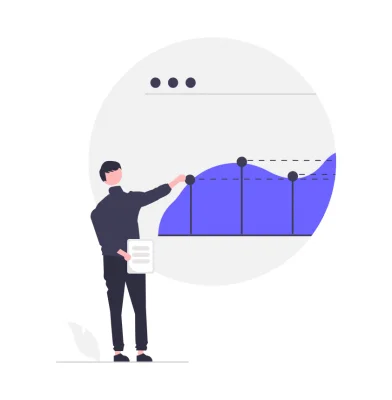
Economics Questions and Answers
Economics questions and answers to help you prepare for JAMB, WAEC, NECO, Post UTME and job aptitude tests or interviews.

Economics questions and answers to help you prepare for JAMB, WAEC, NECO, Post UTME and job aptitude tests or interviews.
Tariffs, quotas and embargoes are examples of
Trade restriction policies
Monetary policies
Fiscal policies
Foreign exchange policies
Correct answer is A
Trade restriction policies are government interventions that are designed to restrict the flow of goods and services between countries. They can be used to protect domestic industries from foreign competition, to raise revenue for the government, or to achieve other policy objectives.
Tariffs are taxes that are imposed on imported goods. Quotas are limits on the quantity of goods that can be imported. Embargoes are bans on the import or export of certain goods.
7
8.5
8
7.5
Correct answer is A
The median mark is the middle mark when the marks are arranged in ascending order. First, let's arrange the marks in ascending order: 5, 6, 7, 7, 7, 8, 8, 9, 9
Since there are 9 students, the median mark is the average of the 4th and 5th marks. The 4th mark is 7 and the 5th mark is also 7, so the median mark is 7.
Therefore, the answer is 7.
When more of tax on a product is borne by the buyer than the seller, the commodity involved has
Perfectly elastic demand
Perfectly inelastic demand
Fairly inelastic demand
Elastic demand
Correct answer is C
The answer is inelastic demand. When the demand for a commodity is inelastic, the buyers are less sensitive to changes in price. This means that they will continue to buy the same amount of the commodity even if the price increases. As a result, the burden of the tax will be borne by the buyers.
The fixing of maximum prices by government is mainly on
Imported capital goods
Inferior goods
Selected essential goods
Luxury goods
Correct answer is C
The fixing of maximum prices by government is mainly on selected essential goods. This is because the government wants to ensure that these goods are affordable for everyone, especially the poor.
Inferior goods are goods that people demand less of as their income increases. Luxury goods are goods that people demand more of as their income increases. Imported capital goods are goods that are used to produce other goods.
The government is less likely to fix maximum prices on these goods because they are not essential for everyone's survival.
Here are some examples of selected essential goods that the government may fix maximum prices on:
Food
Water
Electricity
Medicine
Housing
The government may also fix maximum prices on other goods that are considered to be essential, such as gasoline and public transportation.
The goal of fixing maximum prices on essential goods is to prevent prices from rising too high, which could make these goods unaffordable for some people. This can help to protect the poor and vulnerable from the effects of inflation.
However, there are also some potential drawbacks to fixing maximum prices. For example, it can lead to shortages of goods, as suppliers may be reluctant to sell their goods at a lower price. It can also lead to black markets, where goods are sold at prices above the maximum price.
The government must carefully consider the pros and cons of fixing maximum prices before making a decision
Petrol and Kerosene are jointly obtained from crude oil. If the supply of petrol increases, the
Cost of crude oil production has increased
Supply of kerosene will rise
Supply of kerosene will remain unchanged
Supply of kerosene will fall
Correct answer is B
If the supply of petrol increases, the supply of kerosene will rise. This is because petrol and kerosene are jointly supplied, meaning that they are produced from the same source. When the supply of petrol increases, it means that there is more crude oil available to be used to produce kerosene. As a result, the supply of kerosene will also increase.
The cost of crude oil production has no bearing on the supply of kerosene. The cost of production will only affect the supply of kerosene if it becomes too expensive to produce kerosene. However, in this case, the supply of kerosene would fall, not rise.